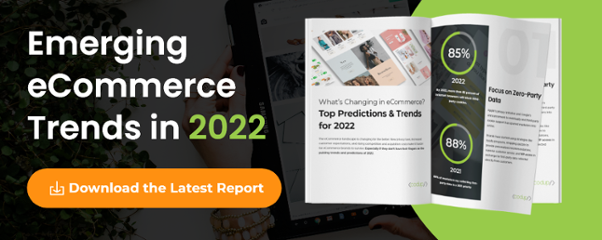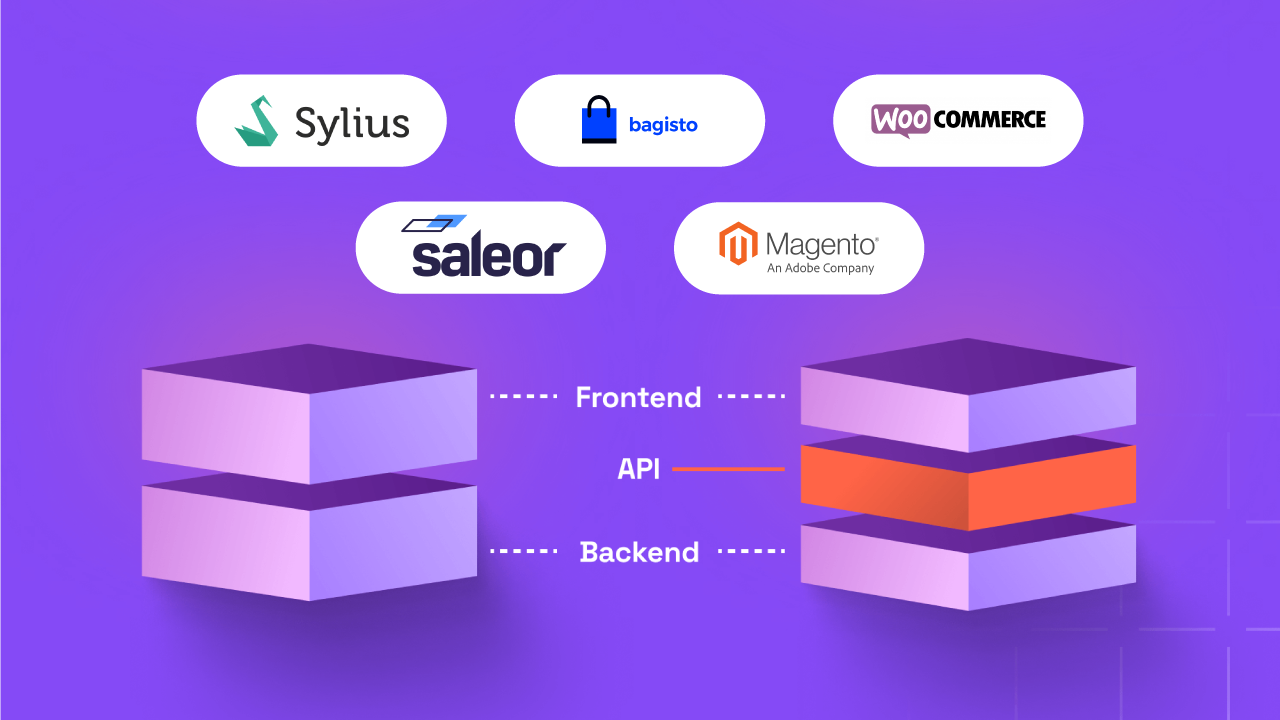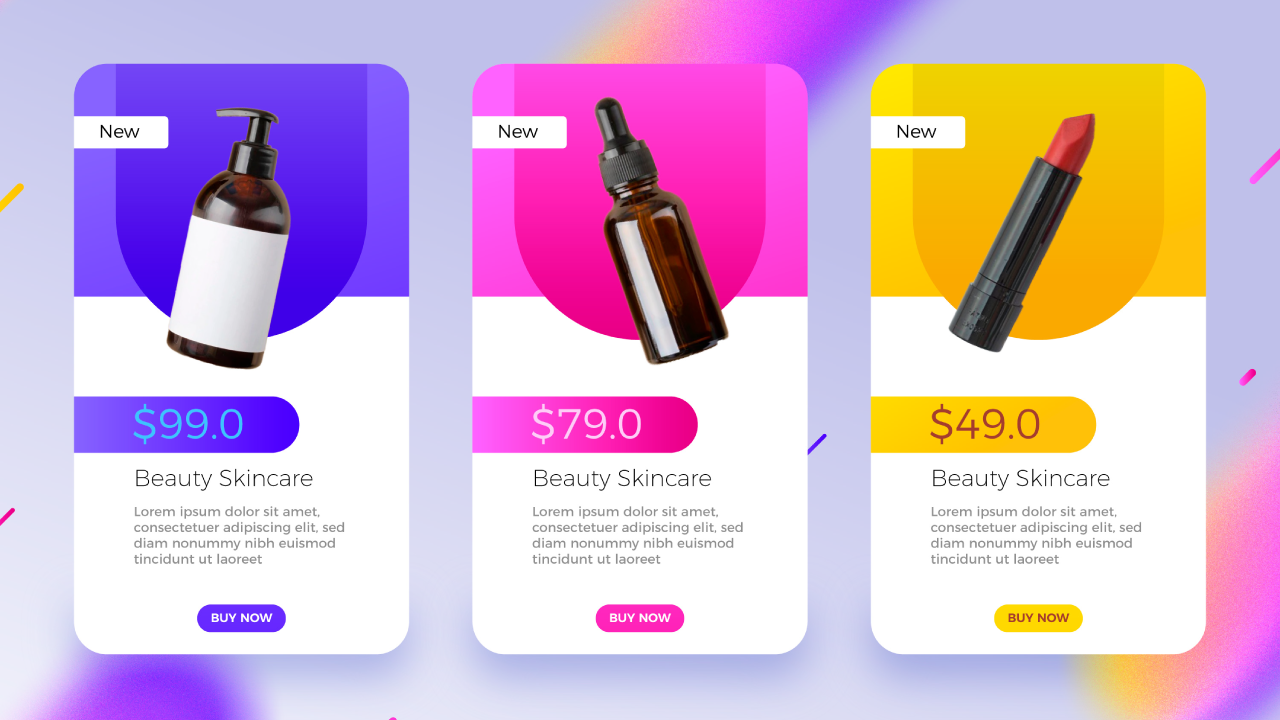A Practical Guide To eCommerce Web Design For 2021

The truth is, if you’re not on the internet, you don’t really exist.
The marketing industry believes that retailers should take this to mean: if you do not have an eCommerce site, your firm is almost completely off the radar for a huge number of buyers.
Online sales at Walmart more than doubled in the last quarter. Amazon’s second quarter sales and profit increase was 40%.
However, it is not just the large retailers who gain from customers’ heightened online shopping demand. eCommerce sales have increased by double-digit percentages at businesses including B-Wear Sportswear, Howards Storage World, and Plain Jane, all of which have less than 500 employees.
Apart from these three firms, what else do they have in common? eCommerce websites that have new designs that look excellent and have been optimised for conversions are just what their target audience wants.
As a result, if you, too, have an eCommerce store, here’s how you too can join the rising number of businesses that routinely surpass their yearly eCommerce sales goals.
Elements Required to Build High-Performance and Beautiful eCommerce Website
No matter what kind of retail business or side project you have in mind, the first step in creating your online store is to use an eCommerce platform to assist you construct the finest one possible.
A third-party eCommerce platform provides the back-end management features to run an online business, including sales, marketing, and operational capabilities.
Currently three types of eCommerce platforms are used across the industry that are:
- SaaS
- Open Source
- Headless commerce
Payment gateway connections, checkout page, page builder and more are all part of each one of these kits. Customization, feature set, and performance are what distinguish eCommerce systems.
While it may be necessary to select a shop builder, do your best to ensure that it includes the following features:
1. Mobile Responsive
You’ll be missing out on a lot of purchases if your website is not mobile responsive. With a responsive eCommerce platform, your visitors may get a consistent on-site experience regardless of their device.
2. Customization Opportunities
The term “beauty’ is entirely subjective. In the web designing world, “excellent aesthetics” entail easy to use layout, attractive typography, and eye-catching iconography.
If your eCommerce platform doesn’t provide customisation capabilities and attractive premade templates, you’re completely hemmed in by a large group of competitors, unable to present your own brand values.
3. Simple Site Navigation
A crucial component of user interface design is navigation, which encompasses all the UI components used by your visitors to find particular content on your website. The above mentioned pages are all examples of thematically-matched pages which are all complementary.
When your eCommerce platform prevents you from using any unique navigation routes, your website will have a nice visual appearance, but most users will have little interest in using it, and your sales conversion rate will be negatively impacted.
4. Unique User-Experience
A happy consumer will be more likely to make a purchase, and after doing so, will enjoy shopping some more. Brand takes it to the next level when consumers experience the feeling of joy. Great marketing and promotional tools will do little to help you if your site does not engage the visitor.
User experience is essential in helping to ensure that your site is both functional and easy to use. This increases the pleasurable aspects of interaction, and influences other positive outcomes.
Think about repeat purchases, positive reviews, increased conversion rates, and positive word-of-mouth referrals.
How the Design of B2B eCommerce Website Differs From the Design of B2C eCommerce Website
The most effective method to create a successful eCommerce website is to identify your audience and learn how to effectively engage them. eCommerce websites are concerned with both business-to-consumer (B2C) and business-to-business transactions. However, the process is different.
With regard to B2C enterprises, brand recognition is of paramount importance. Strong online presence equals a greater proportion of the total market potential.
For B2B businesses, the most important focus is acquiring new customers. With narrower market segments and longer buying cycles, B2B businesses need to maintain a constant flow of new leads.
Read Also:
- A B2B Sales Guide: How To Successfully Sell Your B2B Services
- B2B Lead Generation – Strategies And Tips
Let’s contemplate what this entails in terms of design.
Purchase Process
The B2B purchasing process now involves a broader range of stakeholders, including both end users and purchasing agents/decision makers.
Through interactive on-site features,content, and accompanying marketing materials, an eCommerce website must inform, promote, and illustrate how your items can satisfy all of the organization’s demands.
Bear in mind that your primary objective is to create leads, not to make a quick sale.
Purchase choices are frequently emotional and event-driven in the B2C arena. Is the coffee maker broken? To be honest, I’m in desperate need of a replacement. That shoe is quite lovely. Where can I purchase one as well?
The majority of B2C consumers are constantly engaged in product discovery and background investigation. When they come across a nice deal, they are on the verge of seizing it. In that regard, business-to-consumer eCommerce websites must promote discovery and contribute to that sense of urgency.
Customer Intent
Both B2B and B2C purchases are motivated by a necessity. However, the fundamental motives for such requirements are distinct.
Business goals drive B2B customer intent, which is backed by a collection of other individuals ( the customers, teams, stakeholders, and end users). With a large number of stakeholders to satisfy, product research durations are lengthened and the list of requirements for product evaluation is more complex.
That is why B2B eCommerce websites place a higher premium on converting top and middle-of-the-funnel visitors to prospects and then to customers through a combination of online (eBooks, email marketing, online demos, social media) and offline sales strategies (in-person demos, phone consultations, etc).
B2C consumers behave in response to an instant demand. While most consumers browse around for products and compare specifications and pricing, their average time spent at each step of the sales life cycle becomes shorter.
Unlike B2B customers, who devote more time to product research and deliberation based on facts, B2C buyers frequently act on impulse, making them more susceptible to different cognitive triggers triggered by our bias.
Successful conversion rate optimization techniques, such as those employed by B2C e-tailors, take use of these design biases to influence purchase choices.
User Experience
The user experience is critical for both B2C and B2B shoppers. However, it must take into consideration the distinctions in purpose and purchasing procedure stated above. The Nielsen group cites five critical distinctions in the UX requirements for business-to-business and consumer-to-consumer websites:
- B2B design must accept extended content in order to enable lengthy decision-making and sales processes.
- All business-to-business content must address two distinct audiences: “choosers” (decision-makers) and end users.
- B2B product information should be lengthier and more complete, with an emphasis on regulatory requirements, capabilities, and integrations
- Both B2C and B2B consumers are quite price-conscious. However, the pricing scenarios of B2B are far more complicated. Provide business-to-business buyers with a variety of price options, such as pay-per-use scenarios or calculators, to aid in their decision-making.
- B2B websites, like B2C shops, serve a variety of client groups with varied sizes, industries, and operational budgets. As a result, B2B websites must provide a more diversified, audience-based navigation to accommodate all of their objectives.
7 Best eCommerce Web Designs Examples
Now that you’re aware of the distinctions between eCommerce web design for B2B and B2C websites, let’s go back to B2C commerce.
Let’s checkout some popular examples, shall we?
Burrow
Instead of a static homepage video, Burrow opted for more in-depth modular furniture assembly demonstrations to illustrate their core value proposition: people can assemble new furniture easily, quickly, and without tools.
Burrow makes it much easier to visualise their current designs in your house, tweak them to fit, and order them easily by clicking a few times.
LARQ
To do this, the LARQ team uses precise, high-quality pictures and animations to pique our interest in something as mundane as drinking water. The reusable water bottle store incorporates colourful product features, spot-on marketing, and an intuitive plastic waste calculator to influence their consumers to participate in their Bottle Movement and try more of their trendy items.
Another important event was adding the multi-regional capabilities of BigCommerce. Using LARQ’s research, conversions rose by 80% within 3 months.
Revelry
The point of revelry is that you don’t need to check the prices to see whether you have enough money to buy your maid of honor’s outfit. In addition to at-home trials and free sample delivery for the whole party, party favours and gift cards will be available for purchase.
The two homepage alternatives of an e-tailer include prominent places on the website, as well as great category navigation, all of which urge the user to explore different clothing styles, fabrics, and colours.
Solo Stove
A great example of using iconography in eCommerce is seen on the Solo Stove website. to better communicate to customers what they are offering and emphasise some of the key product specifications, the fire pit maker developed unique icons for every product category.
Additional instructional product videos, drawings, and FAQ sections assist paint a clearer picture of their core message, which is that their goods are sturdy, simple to use, and reasonably priced.
The Mountain
The Mountain has all of the excellent design elements seen on an eCommerce website.
Exploration is prompted by a straightforward navigation bar that includes the most important product categories. It is recommended to include a service banner beneath the header that informs customers about shipping conditions and potential delays. This is an excellent technique for controlling consumer expectations.
The hero slider draws attention to the most recent seasonal specials and promotions and encourages further exploration. In order to minimise the overwhelming sensation that many eCommerce systems may offer you, The Mountain performed an outstanding job of categorising everything into categories.
Skullcandy
We are frequently singing the praises of Skullcandy in our blog posts, but it’s tough to outdo this with an online shop. Instead of bright hues, their black style enhances a clean, luxurious atmosphere.
Products are very simple to find, evaluate, and learn more about in great detail through video. Though their main market is music, Skullcandy.com’s aesthetic design, material design features, and video make the browsing experience pleasant.
Bliss
The Bliss website is pure cotton-candy for the senses. Three prominent hues — Millennial pink, baby blue, and Gen Z yellow — are used by the spa-powered skincare company to visually appeal to its primary consumer demographics.
Microcopy serves to emphasise the brand’s quirky and welcoming attitude even more. The language used in the button text, section headers, and form descriptions gives the impression that you are having a conversation with a buddy about your skincare regimen.
Conclusion
Ultimately, effective eCommerce store design is all about experimentation and refinement. Start with the most important pages and create short prototypes from there. Test them out with your crew to see if they can come up with alliterations. Start with a fresh appearance and get feedback from your consumers on the new design.
With seasonal promotions, intuitive landing pages, and conversion optimization on the horizon, you’ll always have enough of ‘design’ work on your hands. However, since your eCommerce development service provider has taken care of the technical and performance requirements, you can concentrate on the creative aspect of the process. And continue to surpass yourself with each new design variant!



